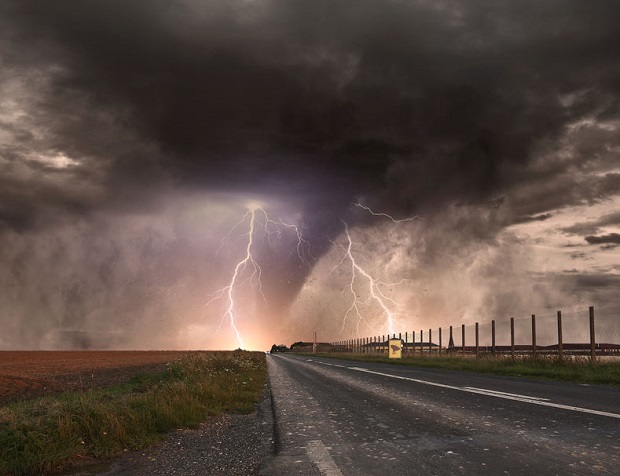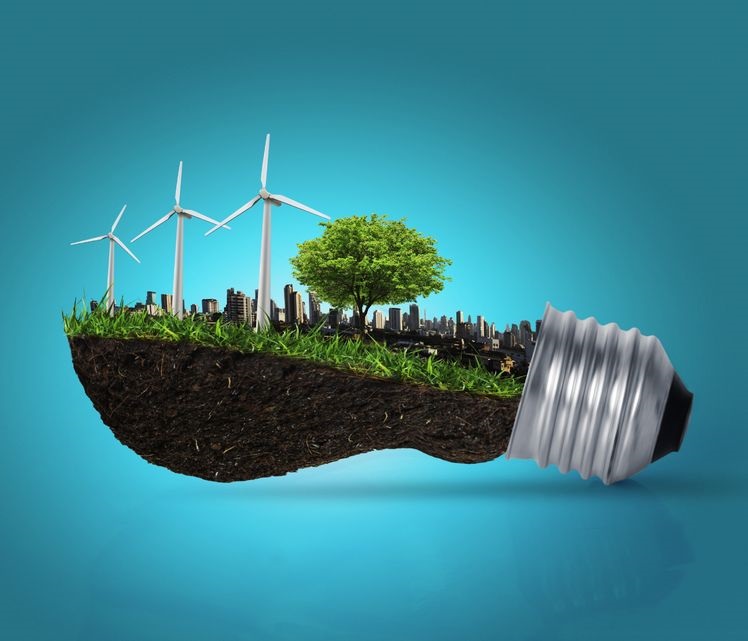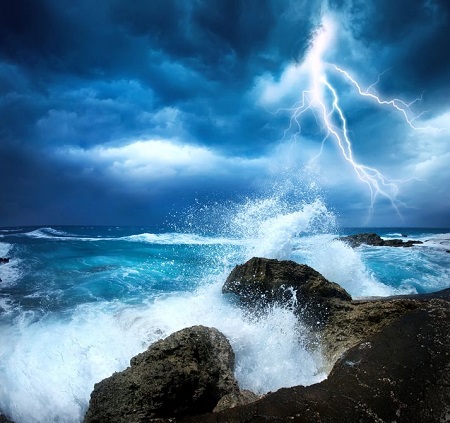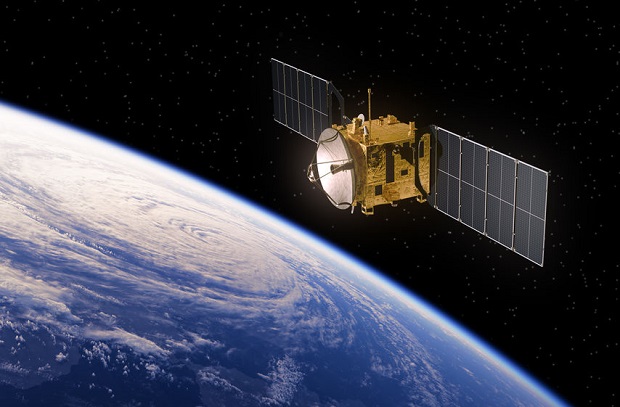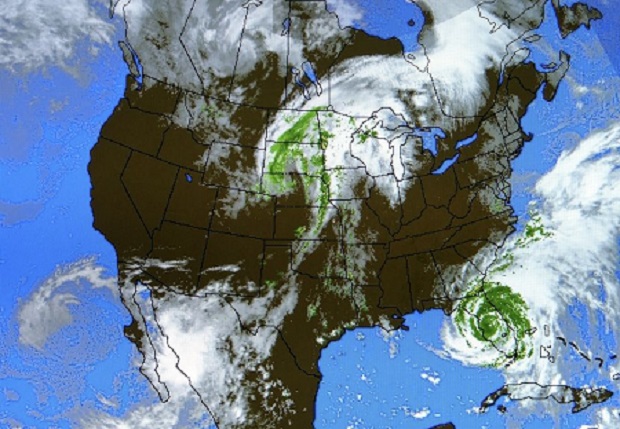
How Are Hurricanes Categorized?
Hurricanes are categorized using the Saffir-Simpson scale, which was developed back in 1975. The scale rates the severity of hurricanes by predicting how much damage the wind is likely to cause to structures and previously how much damage from the storm surges and flooding. Since storm surge and flooding are highly variable depending on where a cyclone makes landfall, this measurement was removed from the scale.
Hurricane Category 1
Considered the least dangerous of all the hurricane levels, Category 1 should not be dismissed if it is headed your way. Significant damage and destruction are caused by winds that range from 74-95 mph (119-153 km/h). Residents of storm path areas should expect that young trees and those with more shallow root systems are likely to fall over, and limbs from sturdier trees will break and come crashing down. Damage from falling trees and snapping branches will cause damage to personal property, homes, structures, and power lines. Power may be out for several days until lines are restored. Homes may have damage to some of the more loosely affixed structures such as roof tiles, shingles, siding, and gutters.
Hurricane Category 2
As a hurricane increases in intensity to a Category 2, the winds pick up to 96-110 mph (154-177 km/h). The damage to houses and other buildings is much more pronounced. Roofs will sustain significant damage, and the siding on buildings will be sheared off by the force of the winds. Tree damage will be similar to that of a Category 1 except that it will be widespread, blocking roads and hampering efforts to assist residents in rescues. Power outages will occur in most areas, and restoring the power will take days and weeks to get back to normal.
Hurricane Category 3
Although any hurricane is dangerous, a Category 3 hurricane seems to cause worry for all residents in its path. With winds at 111 – 129 mph (178-208 km/h), older mobile homes will likely be destroyed, and newer mobile homes will be significantly damaged as well as poorly built traditional homes. Even well-built homes are likely to sustain significant damage, including roofs being torn off and windows damaged by the sheer force of the winds. Both power and access to fresh water are likely to be an issue. Restoring these systems can take months.
Hurricane Category 4
Considered “catastrophic,” a Category 4 hurricane blows into an area at a devastating 130-156 mph (209-251 km/h), wreaking havoc on people and buildings alike. You should not take this storm lightly as even the majority of deeply rooted trees will be snapped, damaging homes, buildings, and power lines. Rescue efforts will be extremely difficult due to the amount of debris and blocked roadways. Power outages will be sustained in the area for many months, making most of the area will be an evacuation zone.
Hurricane Category 5
Any hurricane with winds above 157 mph (252 km/h) is classified as a Category 5, which you will hopefully never experience. This level of the storm will topple even well-constructed homes. The danger to human and animal life should not be underestimated, and anyone in the path of a Category 5 hurricane should evacuate to a safer area. Emergency preparedness planning is important for all levels of hurricanes, especially in the event you need to evacuate. Make sure you have an emergency supply kit and an evacuation plan.
Resources
National Weather Service: National Hurricane Center – “Saffir-Simpson Hurricane Scale“
FEMA – “Evacuating Yourself and Your Family“
